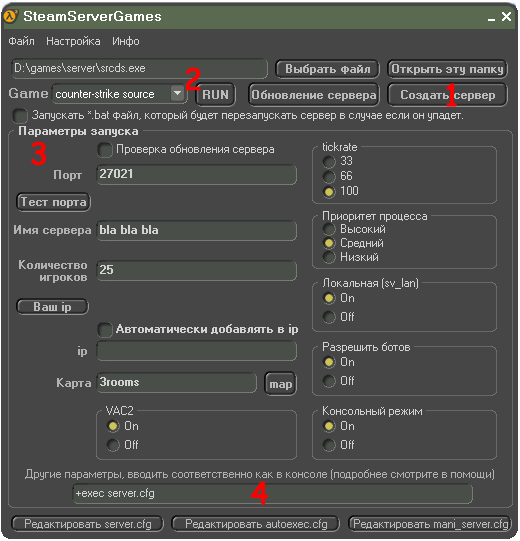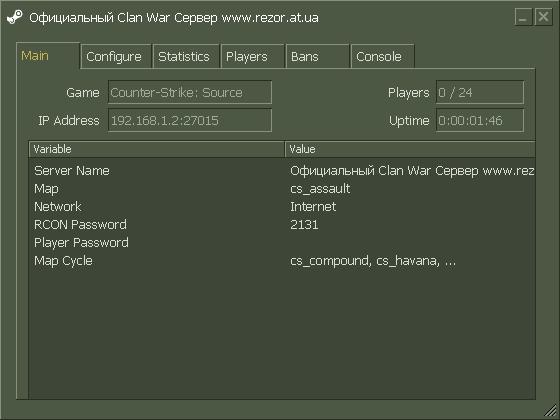


To the top or bottom of the page or of the column. The value snap floats the element to the nearest "end", i.e. Top-bottom, and differs from its initial value. Note that the default value for float-placement, when omitted in the Top-bottom tries to float it to the top, and if that should not be possible, The top or the bottom of the float reference (a page, or a column), while The values top or bottom float the element to, respectively,
Css eventscripts plugin plus#
Its values are basically the values of the standardįloat property, plus some Prince-specific extensions. The float-placement property defines how a floated element The property -prince-float can be used as an alias. Please also see the property margin-alt forĪlternative margins for top or bottom floated elements. Setting top and bottom margins to auto, the element is vertically centered. Set to the value auto will expand and thereby repal other content. On a vertical float to the top or bottom of the float reference, a vertical margin Should not be possible, it would be floated to the bottom. Will try to float the element to the top of the indicated float reference, and if that Is top-bottom and differs from its initial value. Note that when setting only the value for float-reference, i.e.Ĭolumn or page, the default value for float-placement Prince's implementation of float is a shorthand for the following properties: This behavior with page and column floats that move in the block direction, specifying thatĪn element should be floated to the top or to the bottom, or to the nearest edge Traditionally, floats move in the inline direction, left or right. A pair of numbers in curly braces, separated by two dots ( **) indicates that the preceding item occurs at least A and at most B times.A hash mark ( #) indicates that the preceding item occurs one or more times, separated by comma tokens.A question mark ( ?) indicates that the preceding item is optional (occurs zero or one times).A plus ( +) indicates that the preceding item occurs one or more times.Square brackets ( ) are only used for grouping.A double ampersand ( &) separates two or more components, all of which must occur, in any order.A double bar ( ||) separates two or more options: one or more of them must occur, in any order.A bar ( |) separates two or more alternatives: exactly one of them must occur.Besides the standard -prince- prefix, Prince also accepts prince- as a vendor prefix.įor the values, the grammar draws on the CSS Values and Units Module Level 3 specification - with the notable exception of the meaning of an asterisk (*), as explained above. * properties marked with an asterisk and a darker background color shade are Prince extensions, while the extension values of a standard property are highlighted with a light grey background. For their precise definitions please refer to the CSS specifications. Below are all of the CSS properties supported by Prince.


 0 kommentar(er)
0 kommentar(er)
